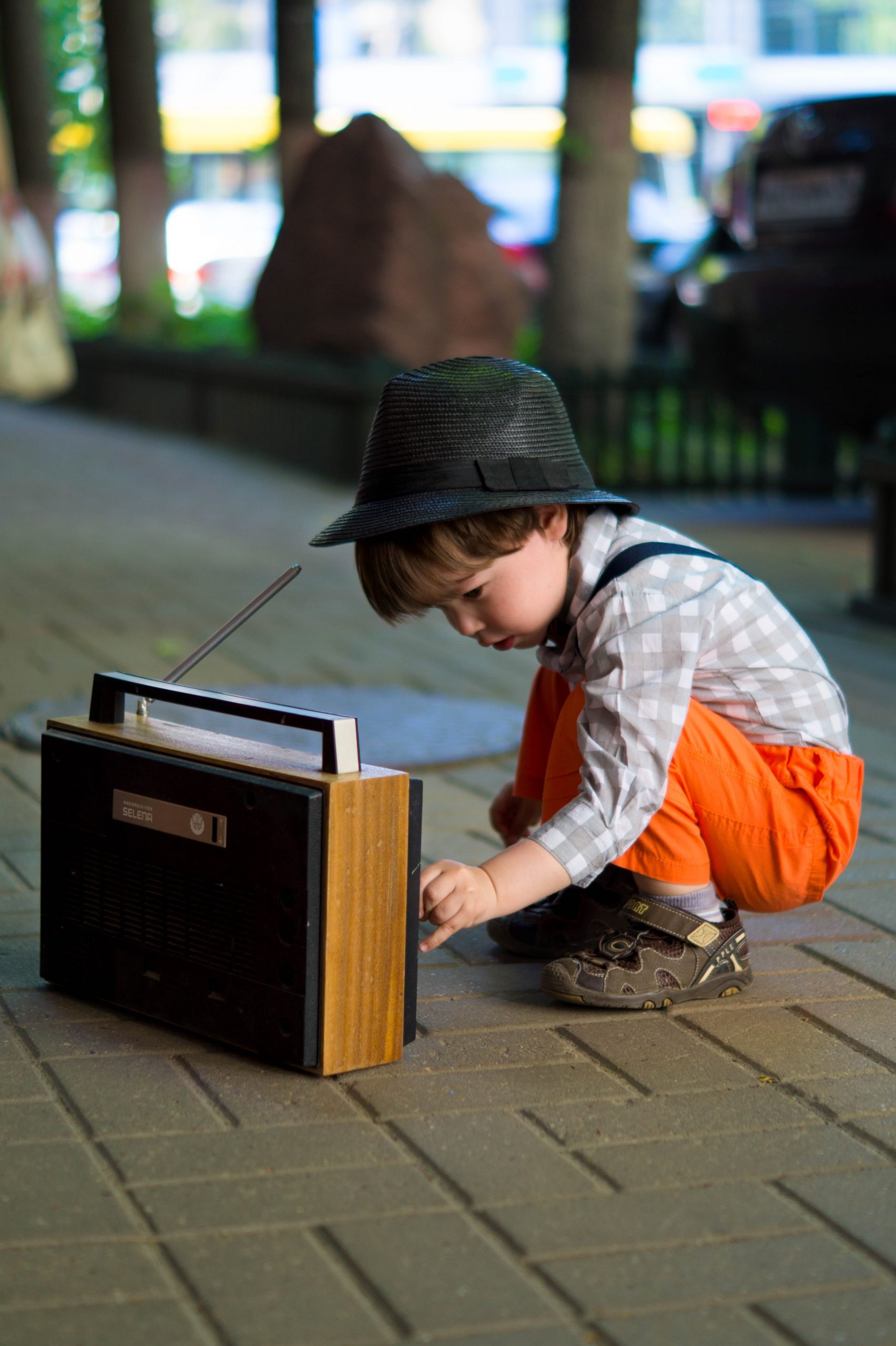
Listening to music while exercising or working does not just alleviate boredom it might aid in improving the standard of the work by increasing endurance and placing people into a much better mood. The lyrics or tricky rhythm of up-tempo music drives them to work harder and longer if they are running, analyzing, or housekeeping. To learn more about cleaning, check out proscenic p10.
When there’s one duty which everybody agrees is not any pleasure, it is cleaning. Vacuuming the flooring and folding laundry could be dull at best, but using several favorite songs, these dull chores could be fun. If crank up the music as they wash out the home, they can sing together and change to the beat as they knock out dirt and dust.
Could Music Truly Make a Difference?
Studies of the music affect our brains are happening since the 1950s. There is even a distinctive niche in neuroscience known as neuromusicology, which researches how our nervous system responds to audio. Anybody who likes to dance or sing along with their favorite tunes could tell about this music and disposition dating, but investigators have found a variety of advantages that go beyond only a fantastic mood.
Scientists have determined that music is ideal for certain tasks. By way of instance, natural and ambient melodies are perfect for light, and studying pop tunes can help get inspired to handle challenging tasks. Music produces an inspirational backdrop for any action, such as housekeeping, also has a positive effect on physical and psychological endurance. Just how can music inspire to wash clean and harder more?
Music Reduce Fatigue
Research indicates that music has positive consequences on psychological fatigue brought on by regular tasks like analyzing, reading, and performing actions. While regular is occasionally great for productivity, it may also be dull. Upbeat songs and other songs can boost motivation by eliminating a lot of the boredom we believe doing boring or repetitive tasks. Music brings something fresh and new to aid our mind to escape some enjoyable distraction which also provides us more energy.
Music Increases Stimulation
Perhaps have noticed just how much better exercising could be if put in headphones and turn on favorite tunes? For starters, they will find endorphins, also, those great feelings occur because music arouses the relations between motor and sensory neurons. These relations are what makes our feet tapping and our bodies swaying to the beat. The same as using exercise, songs stimulation might help us wash faster and appreciate it longer.
Music Enhances Motor Coordination
There is an immediate link between enhanced motor coordination and motivation. As they work into the rhythm of this music, it not only assists motor abilities but it raises self-confidence. The outcome is that will sweep better, dust thoroughly, and revel in the increase in self-esteem because they sing and dance around the home.
From Vintage to Contemporary, Here Are Songs That Motivated to Wash
If growing up in the 70s, 80s, or 90s, then there are loads of songs that bring back memories and elicit fond feelings. From rock-and-roll anthems to tricky love ballads, most of us have our all-time favorites which place us in a fantastic mood. Here are our selections for the top 10 classic songs to get the blood pumping, the thighs dance along with housekeeping in high gear.
- “Livin’ on a Prayer” Bon Jovi
- “Love Shack” The B-52s
- “Wake Me Up Before You Go-Go” Wham!
- “Wild Thing” Tone-Loc
- “Smells Like Teen Spirit” Nirvana
- “Whatta Man” Salt-N-Pepa
- “White Wedding” Billy Idol
- “Don’t Stop Believing” Journey
- “Walk Like an Egyptian” The Bangles
- “Billy Jean” Michael Jackson
For those facing a very long list of cleaning tasks, but favor modern tunes, here is our top 10 list of contemporary tunes that will inspire people to wash like a professional.
- “Crazy in Love” Beyonce
- “Rock Your Body” Justin Timberlake
- “Just Dance” Lady Gaga
- “Uptown Funk” Bruno Mars
- “Joyful” Pharrell Williams
- “Party at the U.S.A.” Miley Cyrus
- “Firework” Katy Perry
- “Sugar” Maroon Five
- “I GotFeeling” Black Eyed Peas
- “Girl on Fire” Alicia Keys
 Singers live for music. It is singing that makes them alive and feel their worth as an artist or a musician. Their voices are their “product” which needs to take care of.
Singers live for music. It is singing that makes them alive and feel their worth as an artist or a musician. Their voices are their “product” which needs to take care of.



 When you decided to enter the music industry, it will not just be about your talent, whether you have a very good voice, or you compose amazing songs, another essential skill that is a must is marketing. Why? If you will not master the art of marketing your music, no one will ever know that you exist or your songs exist.
When you decided to enter the music industry, it will not just be about your talent, whether you have a very good voice, or you compose amazing songs, another essential skill that is a must is marketing. Why? If you will not master the art of marketing your music, no one will ever know that you exist or your songs exist. If this is encouraged, it often has a positive effect on the behavior towards other children but also on one’s own motor skills.
If this is encouraged, it often has a positive effect on the behavior towards other children but also on one’s own motor skills.